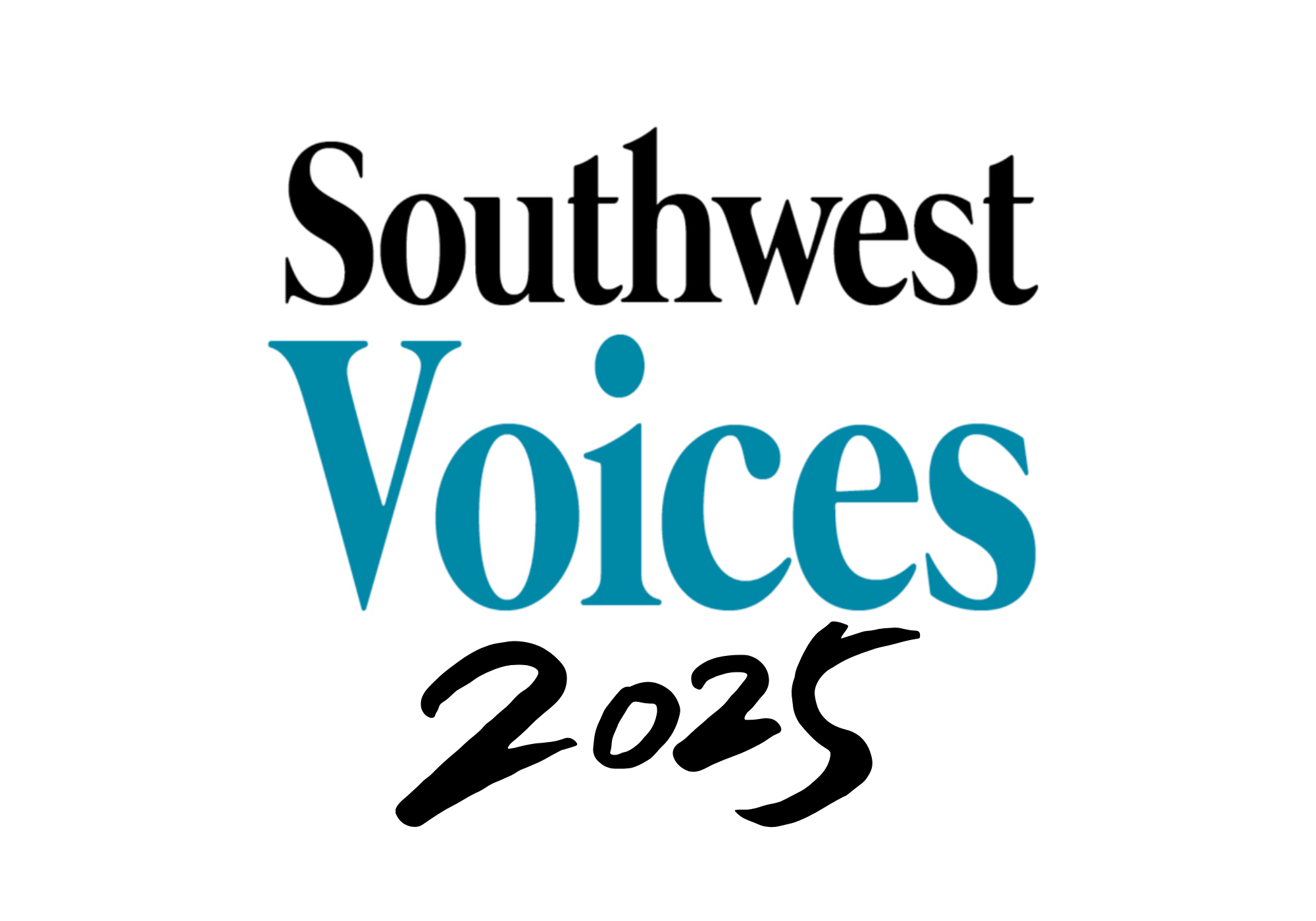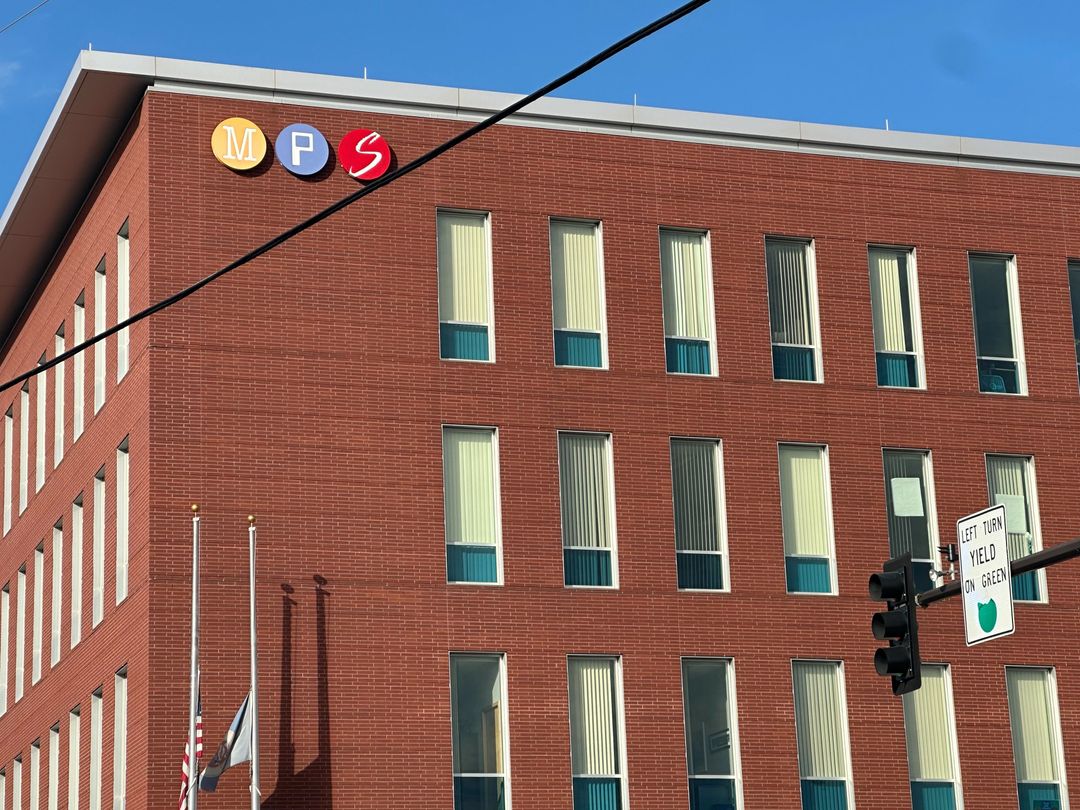The school board’s September 26 Committee of the Whole meeting focused on culturally responsive curriculum and engagement.
Senior Officer of Academics Aimee Fearing highlighted the definition of culturally sustaining practices from the book “Culturally Sustaining Pedagogies,” as practices related to the content of curriculum and how it is taught that “sustains the lifeways of communities who have been and continue to be damaged and erased through schooling.”
Continuing the practice of including a group principals as part of the Committee of the Whole meetings, the principals from Anishinabe Academy, Armatage Elementary, FAIR School for the Arts, Hale Elementary, Jenny Lind Elementary, Lake Harriet Lower, Lake Harriet Upper and Roosevelt High School presented about some of the ways they are incorporating culturally responsive practices into their schools.
Interim Superintendent Rochelle Cox also incorporated the principals in answering the board members’ questions. (Note: The principal presentations start around 48:00 in the English recording of the meeting. There is more than can be covered here.)
In addition to the principals, several educators spoke to the board about their experiences participating in professional development on culturally responsive practices.
Anishinabe Academy and American Indian culture
Principal Laura Sullivan from Anishinabe Academy began the principal presentations sharing about the schools mission to revitalize Dakota and Ojibwe language and culture.
“I think back to eleven years ago, and my very first day. Watching kids and families walk through that door, excited with anticipation of the new school year,” Sullivan said. “It dawned on me that when I entered kindergarten as a five year old, at that point up until I was 37 and becoming a principal at Anishinabe Academy, I was not able to be my full self. Now being the principal of Anishinabe Academy, the excitement of now being able to be a part of and leading a program where my kids can come in and celebrate and honor who they are each and every day.”

Assistant Principal Brigid Butler shared the professional development and resources Anishinabe Academy has in place. These resources include professional development provided by the Indian Education department in the summer, weekly culture and language professional development, and processes to vet resources for their classrooms that present an accurate representation of American Indian language and culture.
To make sure learning materials are culturally responsive for American Indian students, the school has developed a planning tool for educators to use to evaluate resources, as well as curriculum the school is expected to use. In particular, the planning tool can help educators determine if there is misrepresentation or a lack of a relevant narrative.
Educators at Anishinabe Academy developed an art unit on tipi making, and literacy and science units for grades 3-5 on bison. The units culminated in a family field trip to Belwin Conservancy where students decorated and built tipis, and were able to watch a bison release.
At the district level, the Indian Education department is utilizing the Dream Catcher Project to reduce over-identification of American Indian students for special education services.
As part of the program, any American Indian student referred for special education will include an Indian Home School Liaison or cultural staff member to rule out any cultural or linguistic differences that may be the basis for the referral. The objective is to help schools make better evaluations and decisions about students.
FAIR School for the Arts and math identities
Math teachers Lindsey Thompson and Claire Watne from FAIR shared the ways they help their students develop their “math identity.”
“We are the arts magnet school. As you can imagine, we have a lot of people who come in who feel that they are art people and not math people,” Thompson said. “We think that is a fundamental flaw in the way that we think and talk about mathematics culturally and broadly everywhere.”
Thompson said that they work to change students’ thinking so that they can see themselves as people who can learn math and belong in a math class. Watne said the goal is to focus more “on the process of math and not the product of math.”
At FAIR, when students are practicing math, teachers give them the answers along with the questions, so students can focus on using the tools necessary to reach the answer without focusing on whether the answer is right or wrong. The school has found this removes a lot of math anxiety for students.
AMAZEworks and anti-bias curriculum
The principals from Hale, Jenny Lind, Lake Harriet Lower and Lake Harriet Upper shared about their use of the AMAZEworks curriculum, which is an anti-bias curriculum built around a series of read-aloud picture books.
Mercedes Walker, the assistant principal at Jenny Lind, shared an example of how the curriculum has opened up conversations around identity and bias at the school, making them more common and more comfortable.
Walker shared, “I was playing a game of UNO after recess today with seven fifth grade boys and one of them looked up at me and said, ‘Ms. Walker what’s bias?’” Conversations about identity and bias happen through the curriculum at least once a week.
Culturally responsive literacy curriculum
Deputy Senior Officer of Academics Maria Rollinger shared with the board how culturally responsive practices are part being incorporated into the literacy curriculum.
Rollinger said that a “robust” literacy curriculum will include three components.
“One, based on the science of reading, a scope and sequence of skills that have been crafted with intentionality. [two] content knowledge, a building up of an integration of knowledge in the areas of social studies and the sciences integrated with literacy that includes vocabulary, comprehension and writing skills. It also must be culturally responsive and engaging for our students, where they not only see themselves in the content, but are able to engage in criticality and have opportunities to share their own background knowledge and experiences,” Rollinger said.
In the area of literacy, the district is currently in the process of developing a literacy audit tool that will include criteria that materials “contribute to an understanding of ethnic, racial and cultural diversity that is representative of MPS student demographics.”
The district is also undertaking a review of middle school reading materials, and over the summer made some changes to remove and replace passages that were not culturally responsive. The district has also distributed classroom book collections that are written by Native authors to all K-5 classrooms.
Investing in pathway programs
The district has also invested resources in materials for its Hmong and Somali pathway programs, as well as its Spanish dual immersion programs. To date, the district has spent $63,000 to purchase traditional Hmong clothing, musical instruments, cultural artifacts and craft supplies. For the Somali pathway program, the district has spent $133,000 on classroom library books, posters and contracted services to develop curriculum and language-specific books. The district has spent $141,000 for the dual immersion programs for Spanish classroom materials, toolkits, assessments and content licenses, as well as coaching and professional development.
Educators report back on culture-based workshops
Brandy Siddiqui, who works on curriculum for the district’s social and ethnic studies courses, and nine educators who teach ethnic studies courses also presented at the meeting. David Butler from South High School, Sam Quincy from Ella Baker and Nealie Christopher, a third grade teacher at Nellie Stone Johnson, spoke about their experiences at the Native Studie Summer Workshop in Grand Portage that they attended in June. Twelevel people from the district participated in the workshop.
Christopher shared that as someone who is not American Indian, she knew she needed to learn more about the culture and history so that she could share that with her students. Christopher said that the workshop helped her connect the history of Native people in Minnesota to the disparities current American Indian students have. “The history of it helped to form a picture for me as to what I might need to do in the classroom as a teacher,” Christopher said.
Thirteen district educators attended a workshop in Buffalo, New York on teaching Black history. The conference theme was Mother Africa, and included learning about the history of ancient Africa and ancient civilizations. Brandon Royce-Diop from the Office of Black Student Achievement, and Patti Emerson, a fifth grade teacher at Howe Elementary attended the workshop.
“It was a powerful experience to go to Buffalo itself,” Royce-Diop said. “We all know what happened there last year,” referring to the racially-motivated mass shooting of ten Black people in a Buffalo grocery store.
Emerson shared that many sessions began with the same question, “What did you learn about Africa in elementary school?” Many participants acknowledged learning little or nothing about Africa in school. After the conference, Emerson says she was able to develop lessons in social studies, math and literacy that incorporate history and culture from Africa. Emerson’s goal is for district students to be able to answer that question differently, saying “We learn about the amazing people and countries of Africa all the time.”
Professional development
The Office of Black Student Achievement is continuing to provide a range of professional development opportunities for both licensed and non-licensed staff throughout the school year. Rollinger said that there is an ongoing, strong demand for these courses from district staff because they fill up quickly. Topics include “Adultification and its impact on Black girls” and “Black Student Intellect: Addressing Unconscious Bias & Increasing Cultural Responsiveness.”
The district is also offering professional development for 35 ethnic studies teachers throughout the school year, with two more in-person sessions in December and March, plus two virtual sessions.
Starting with the class of 2025, the district will require an ethnic studies course for graduation. Henry High School educator Ruth Thorsgaard, who is Cherokee, shared at the meeting that when she was a student at South High School in the 1980s she was able to take Native history and have it count as any other history class. But, she says, that changed at some point in the district, an, until recently, students couldn’t take ethnic studies courses to fulfill certain requirements. “It relegated us to other,” she said.
Washburn High School educator Kevin Zonnefeld said, “A clear sign of the systemic racial oppression that many of our youth face every day is found in myself. The fact that I am a white cisgendered male who teaches African American and Latine Studies at Washburn.”
Zonnefeld said he was not equipped to do his job well when he started, but received significant help from the community. He said his ethnic studies course helps students “[develop] the agency to learn about themselves in their own classroom and through their own history.”
The board will hold its first special meeting on the search for a new superintendent on October 4 at 5 p.m. at the John B. Davis Center. The next regular business meeting will be on October 11 at 5:30 p.m. and will include time for public comments at the beginning of the meeting.

.jpg)







